End-of-the-line exploring in Japan: Visiting Hashimoto Station
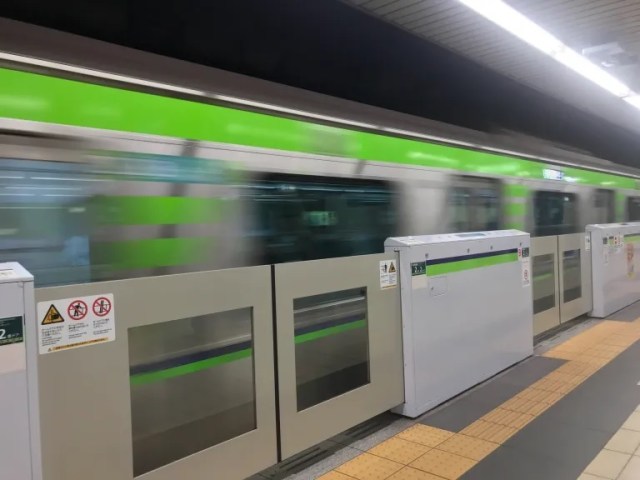
A Tokyo subway commute daydream turns into a ride to the end of the line.
In Japan, the in-station announcements for departing trains identify them by the last station they’ll be stopping at, which usually means the last stop of the line. For example, every workday morning our Japanese-language reporter Mariko Ohanabatake gets on a Toei Shinjuku Line subway train that the announcement says is “bound for Hashimoto,” but she always gets off way before that, at Shinjuku-sanchome Station, the downtown stop that’s closest to SoraNews24 HQ.
▼ 各駅 橋本 = Local train bound for Hashimoto, as seen on Mariko’s morning commute train

But after years of riding the for-Hashimoto train, Mariko couldn’t help asking herself a question: What’s Hashimoto like? So on a recent morning, Mariko opted out of working in the office to do some field work. Instead of getting off the train at Shinjuku-sanchome, she stayed on and kept riding it until the end of the line.
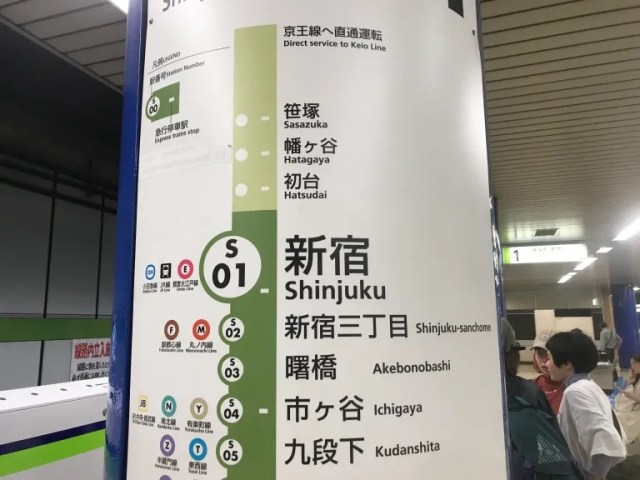
The next stop after Shinjuku-sanchome is Shinjuku Station, and after the Toei Shinjuku Line blends seamlessly into the Keio Sagamihara Line. That’s also the point where the line switches from subterranean to above-ground, and Mariko felt a joyous sense of liberation as her train broke free to the surface and natural sunlight filled the car.
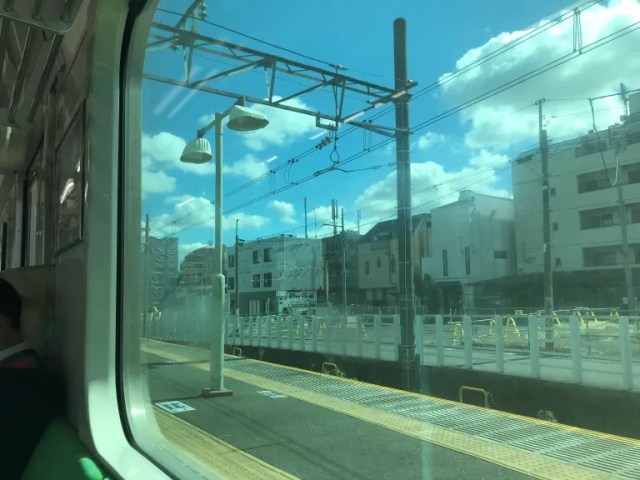
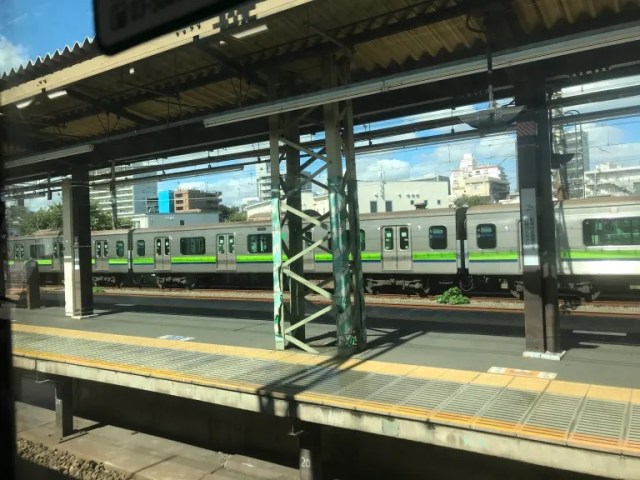
Once you’re past Shinjuku Station, you’re beyond the Yamanote loop line that more-or-less marks the most congested part of downtown Tokyo. As the train continued on its southwestern route, Mariko started seeing fewer skyscrapers and more greenery, including a lovely view of the Tamagawa River a little before Keio Inadazutsumi Station.
▼ The river’s tranquil waters formed a mirror, reflecting the clouds of the autumn sky.
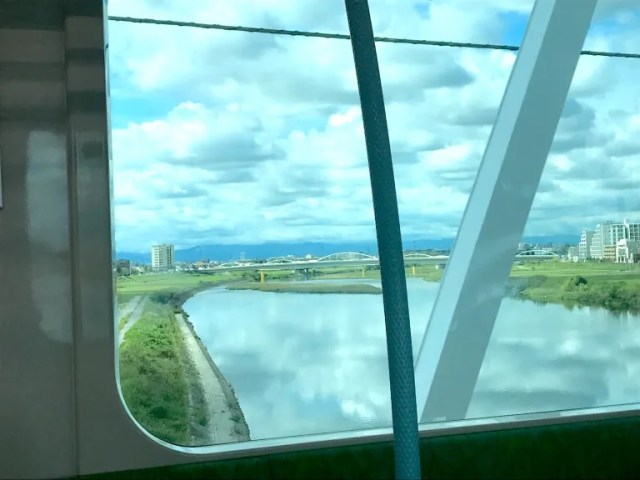
Smaller neighborhoods mean smaller crowds, and with Mariko now heading opposite the direction of the morning commuting rush, there were plenty of empty seats on her train, a surreal change from the packed conditions she usually sees it under on her way to work.
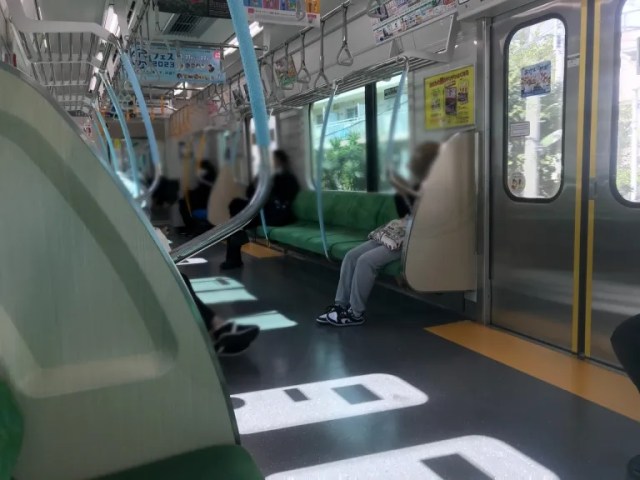
With a spot to sit, warm sunshine, and the rhythmic rocking of the rails, Mariko was unable to resist indulging in one of Japan’s most restorative of pastimes: the train nap.

Waking up a while later, but still far from her destination, Mariko began to envision what Hashimoto Station would be like. Considering how the scenery outside was becoming less and less urban the farther she got away from Tokyo, she imagined that it must get positively bucolic by the time you’re in Hashimoto.
As Mariko started to get close to the end of the line, though, something she hadn’t expected happened.
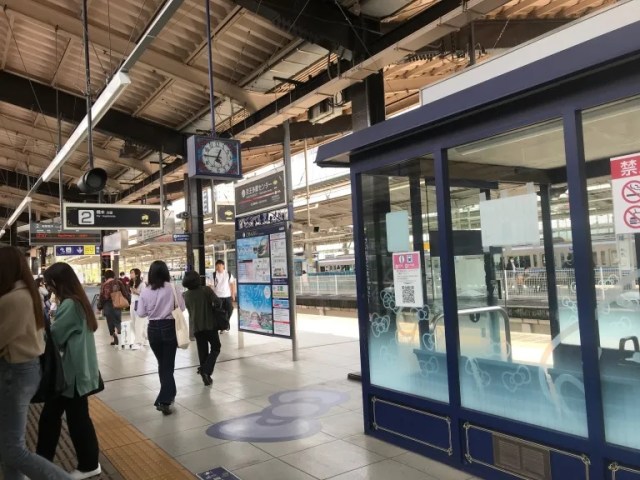
The stations started gradually getting bigger, and the number of passengers getting on the train increased too.
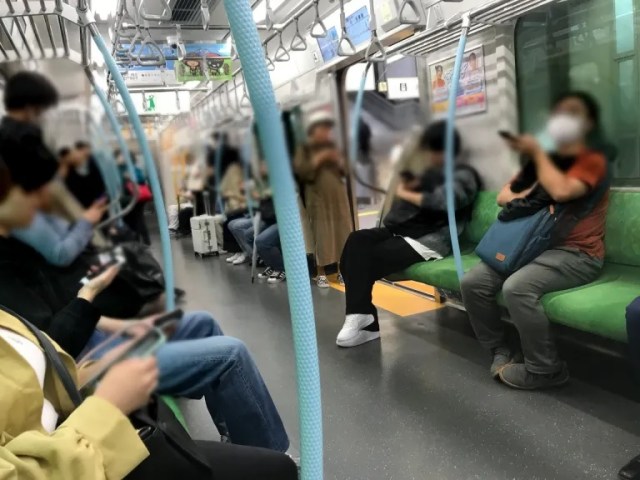
Looking out the windows, she started seeing more multi-story apartment complexes and shopping centers, and when she finally got to Hashimoto Station, it was a modern, well-equipped facility.
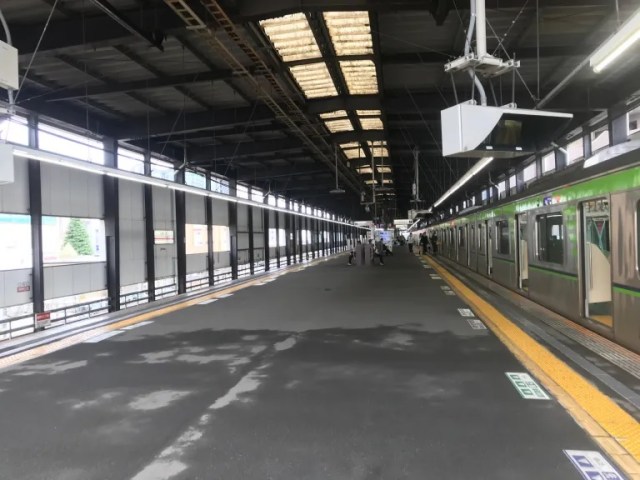
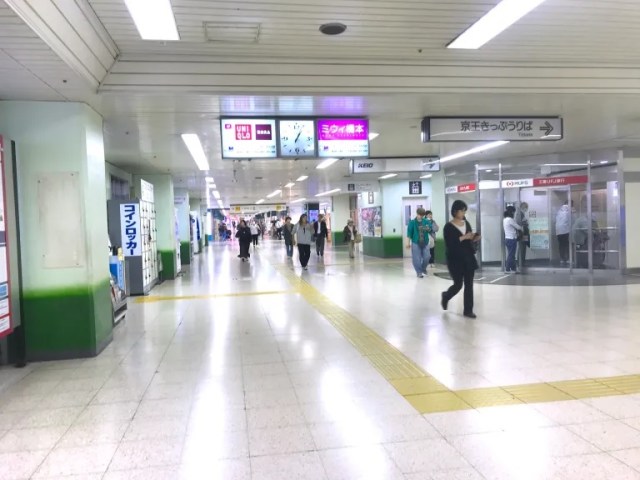
Inside the station building there’s a 7-Eleven, a capsule toy shop…
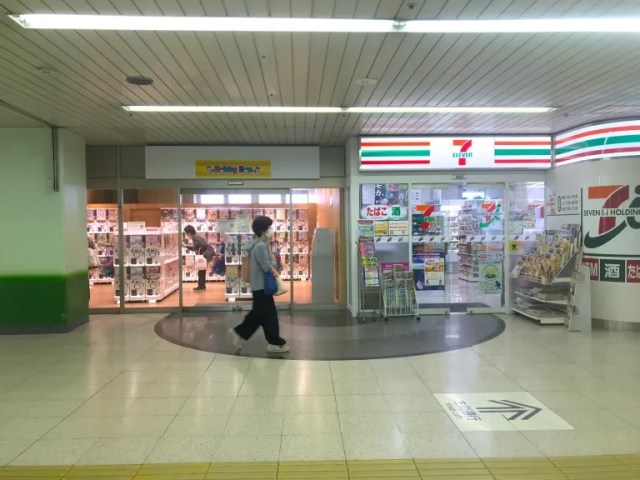
…a 3 Coins 300 yen shop…
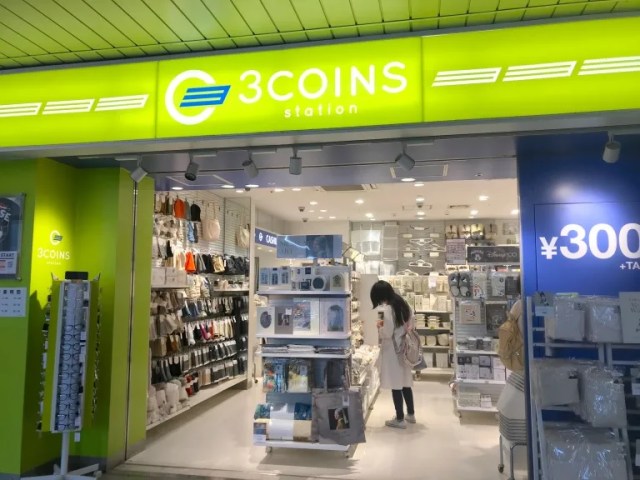
…a bookstore…
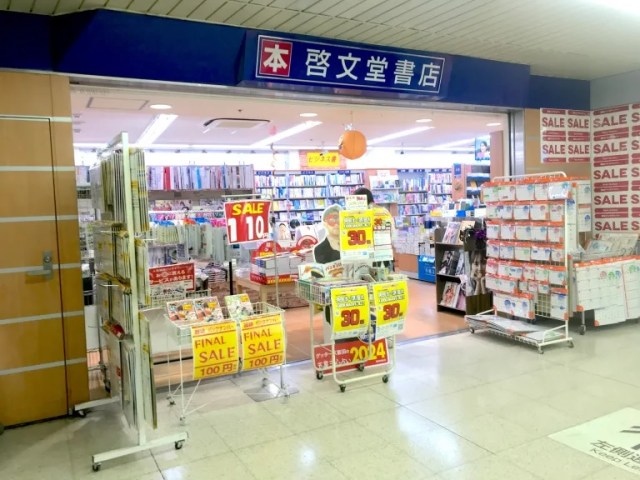
…and even a mini satellite shop for the Keio department store.
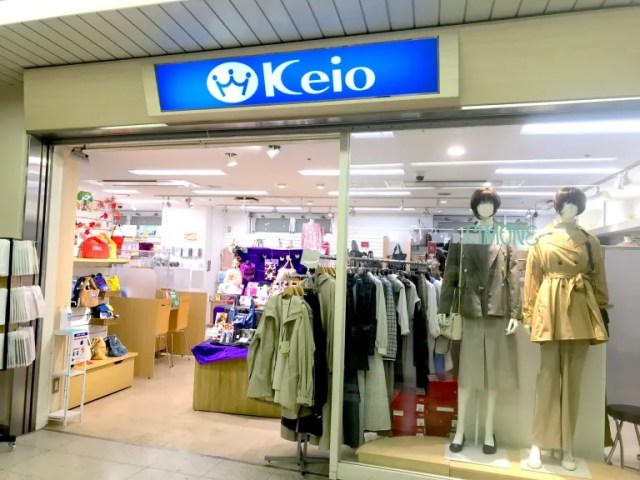
Outside the station were even more shops and restaurants, with branches of Uniqlo and Mujirushi, 100 yen shop Seria, and cafes like Dotour and Starbucks.
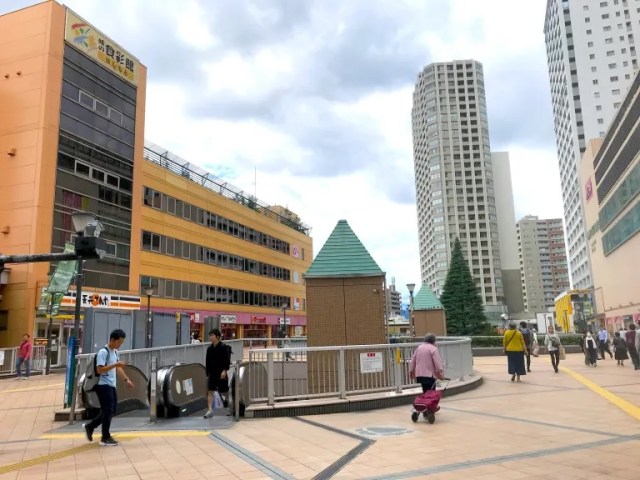
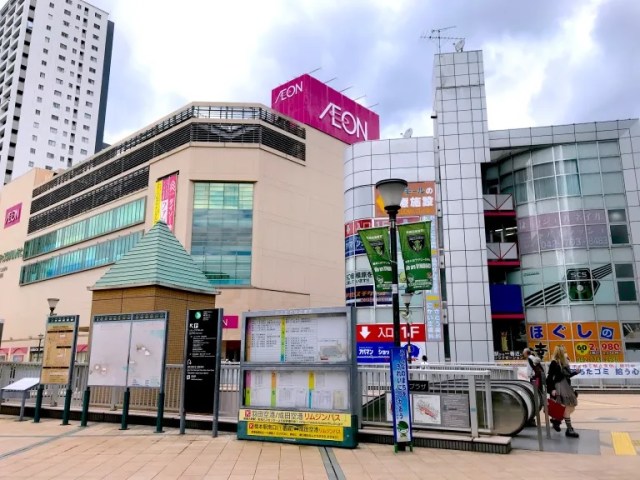
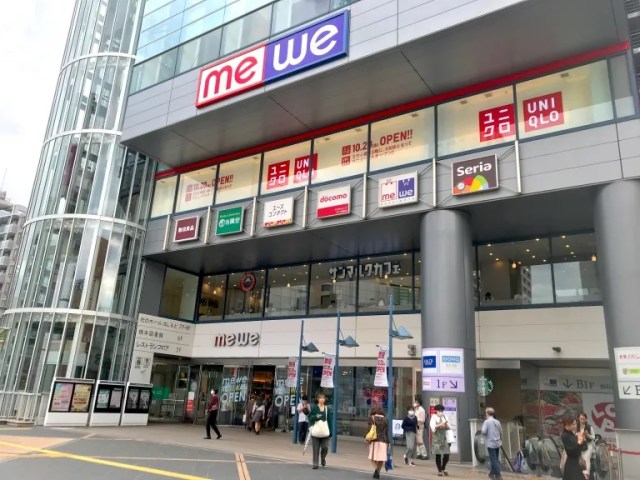

Mariko hadn’t been expecting this, but it’s actually very much in keeping with how Japanese cityscapes have developed. Geographically speaking, train/subway lines are just narrow lines, but the way they influence development is actually a series of circles, with the stations along the way at their centers.
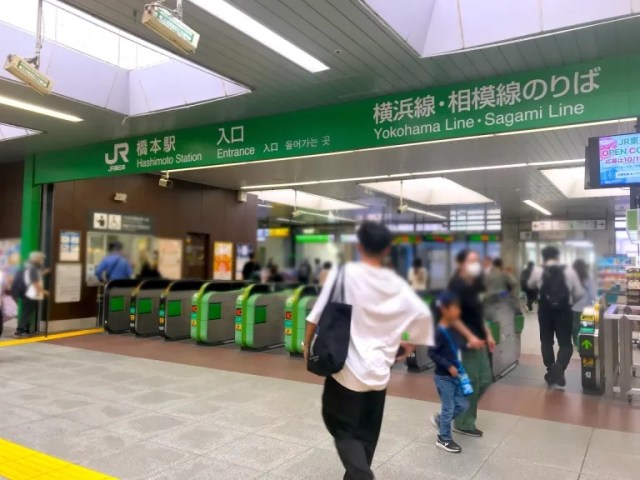
Because of the announcements she hears on her morning commutes, Mariko had always thought of Hashimoto Station as the end of the Toei Shinjuku/Keio Sagamihara Line. However, Hashimoto Station is also part of the JR Yokohama and JR Sagami Lines. That means that not only can you take the train from Hashimoto to Shinjuku without transferring, you can take it to Yokohama Station, in the center of Japan’s second-largest city, without transferring too, and the JR Sagami Line also runs through Atsugi and Ebina, two of the larger cities in Kanagawa Prefecture, Tokyo’s neighbor to the south/west.
It’s around 50 minutes from Hashimoto to Shinjuku, and only 40 to Yokohama. With “about an hour” being considered a reasonable commute by most Japanese people, that makes Hashimoto a viable place to live for people working/going to school in the two biggest cities in the country. Hashimoto’s out-of-the-way, end-of-the-line position means it might not attract enough visitors for flashy entertainment options, but the commuter access means it does have enough residents to support plenty of everyday necessity shops and reasonably priced restaurants/takeout places, all with lower housing costs than neighborhoods closer to central Tokyo or Yokohama.
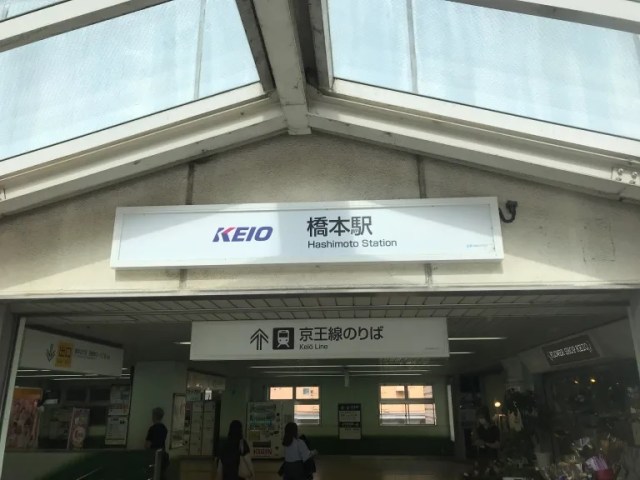
So in the end, Hashimoto wasn’t the isolated-in-the-countryside sort of station that Mariko had been fantasizing about, but it’s actually a pretty decent place to live in the real world.
Photos © SoraNews24
● Want to hear about SoraNews24’s latest articles as soon as they’re published? Follow us on Facebook and Twitter!
Credit:

0 comments:
Post a Comment